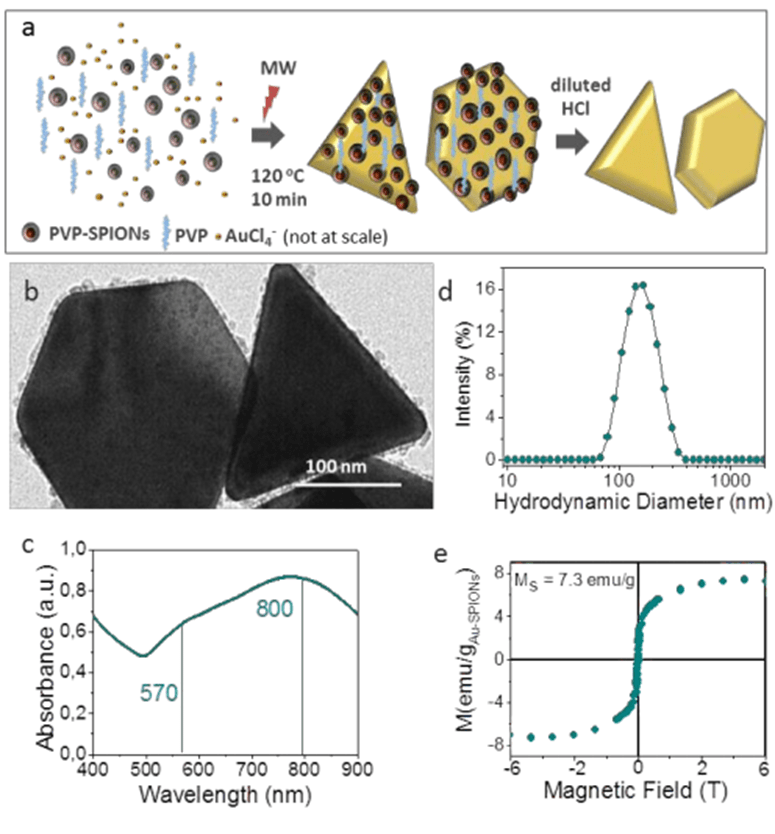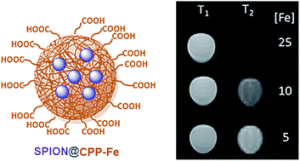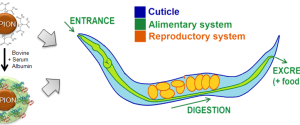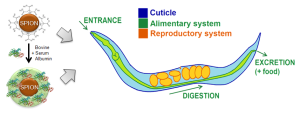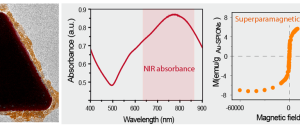Congratulations to Elisa Carenza for the Extraordinay PhD Award!
 We congratulate Elisa Carenza, who has been awarded with the Extraordinary PhD Award (Premi Extraordinari de Doctorat) for her thesis entitled “Engineering iron oxide nanoparticles for angiogenic therapies“.
We congratulate Elisa Carenza, who has been awarded with the Extraordinary PhD Award (Premi Extraordinari de Doctorat) for her thesis entitled “Engineering iron oxide nanoparticles for angiogenic therapies“.
Elisa carried out her PhD here at ICMAB, within the N&N Group, and in collaboration with Vall d’Hebron Research Institute (VHIR), under the supervision of Anna Roig (ICMAB) and Anna Rosell (VHIR), in the framework of the UAB PhD program.
The awards ceremony will take place on November 18, 2016, at 6.30 pm, at Hotel Campus (Edifici Blanc).
Elisa is now working in a startup biopharmaceutical company (Addex Therapeutics) in Geneva (Switzerland), which develops new molecules for the treatment of neurological diseases such as Parkinson’s and epilepsy. Elisa is investigating the effects of these molecules in humans, in different Clinical Research studies.
Congratulations Elisa!
More information about the Extraordinary PhD award resolution here.
The thesis can be found in the UAB Digital Document Repository : http://ddd.uab.cat/record/128025



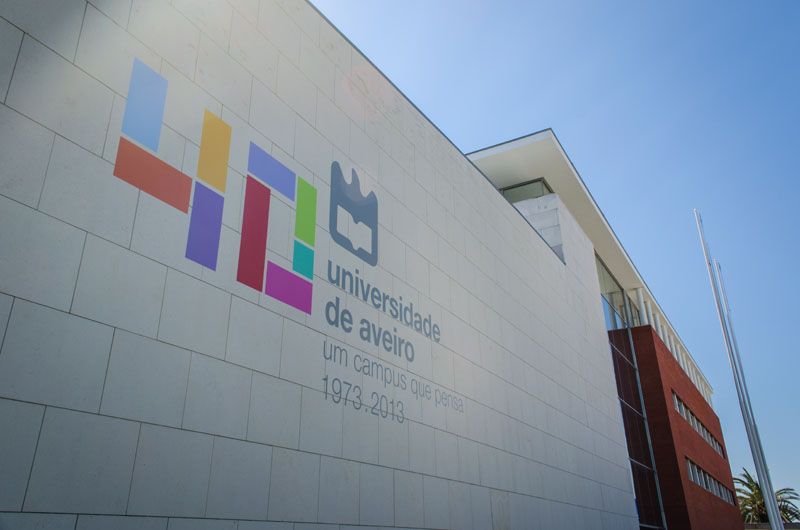
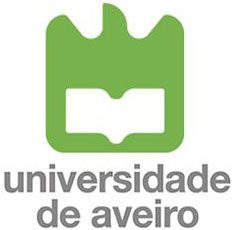

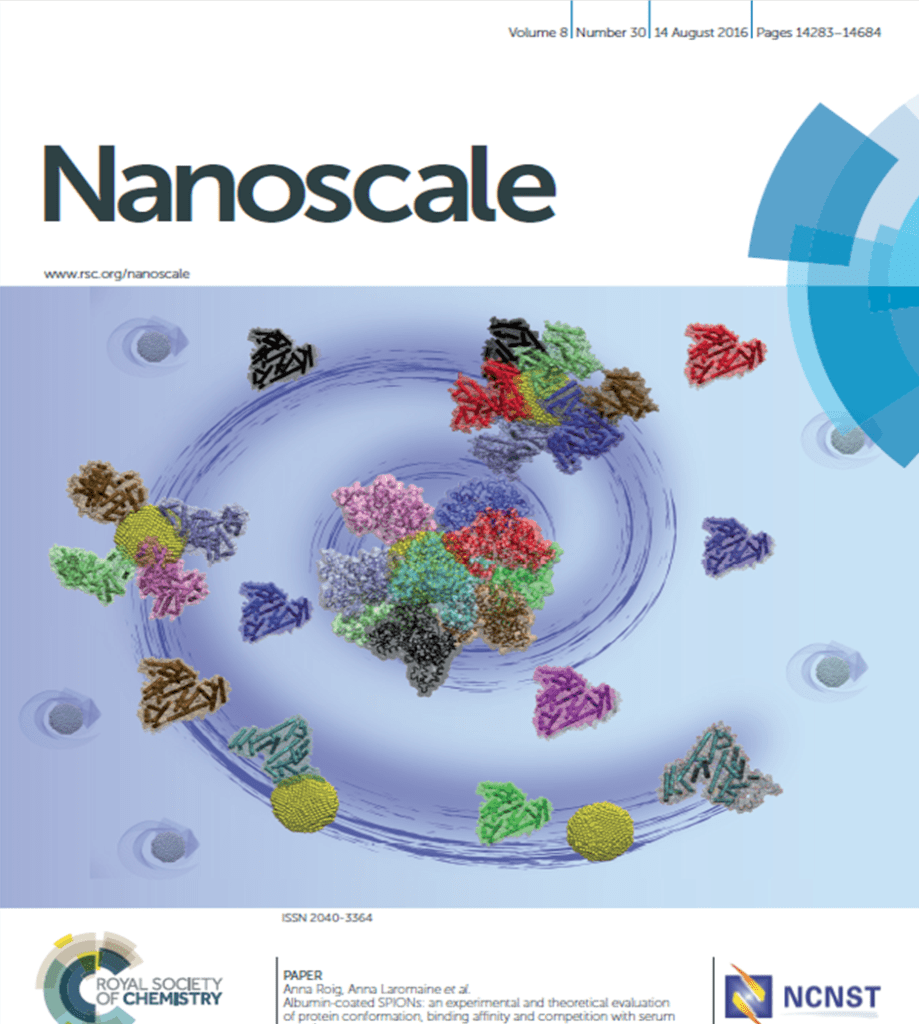
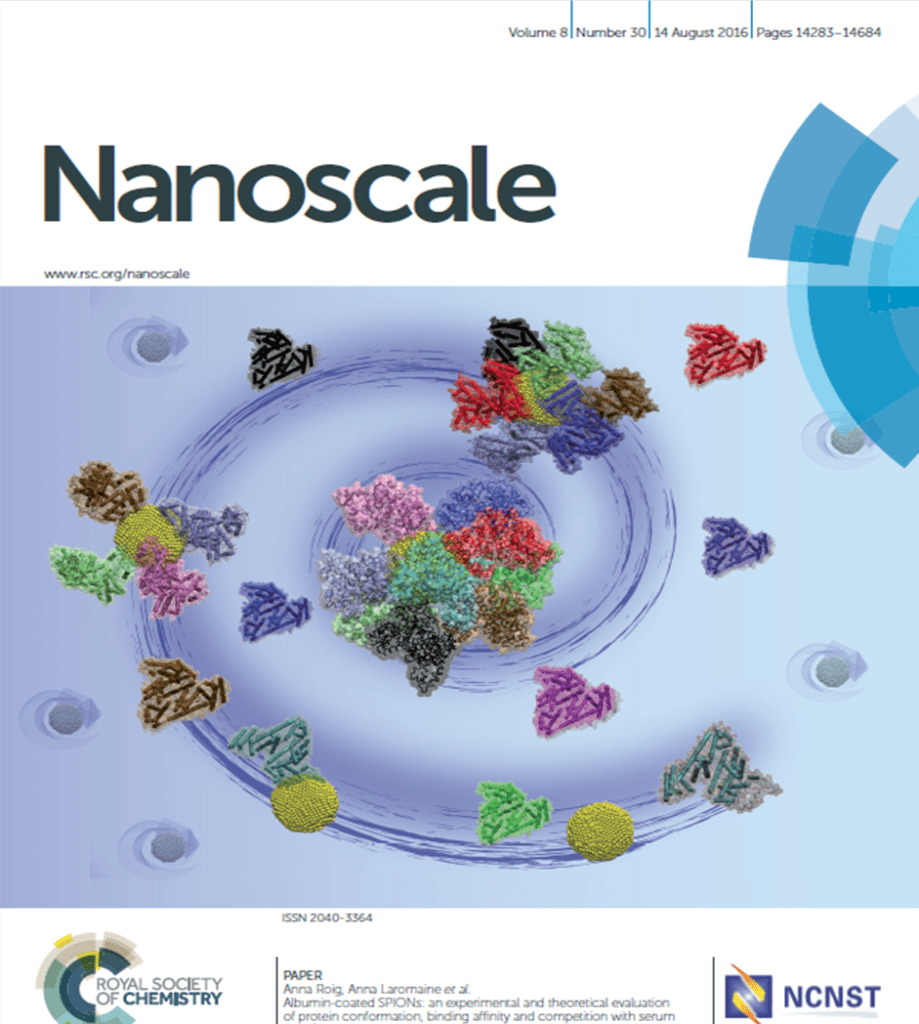
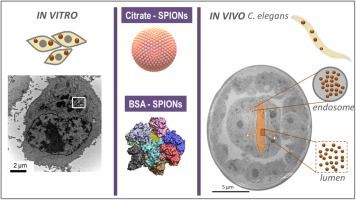
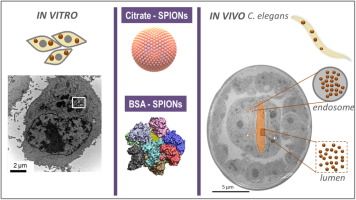
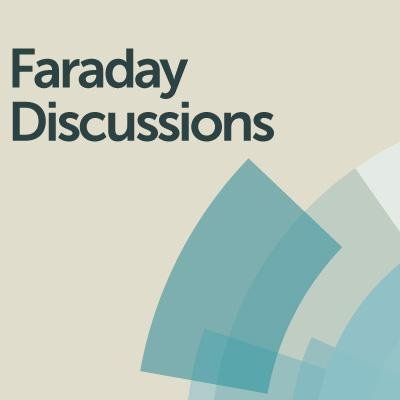


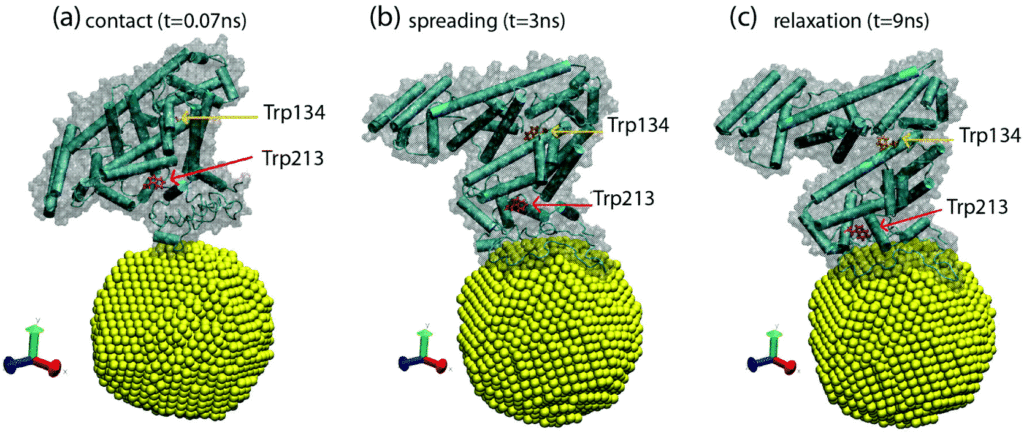


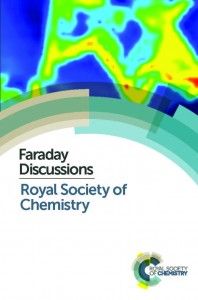 We are very happy to announce that the manuscript “
We are very happy to announce that the manuscript “